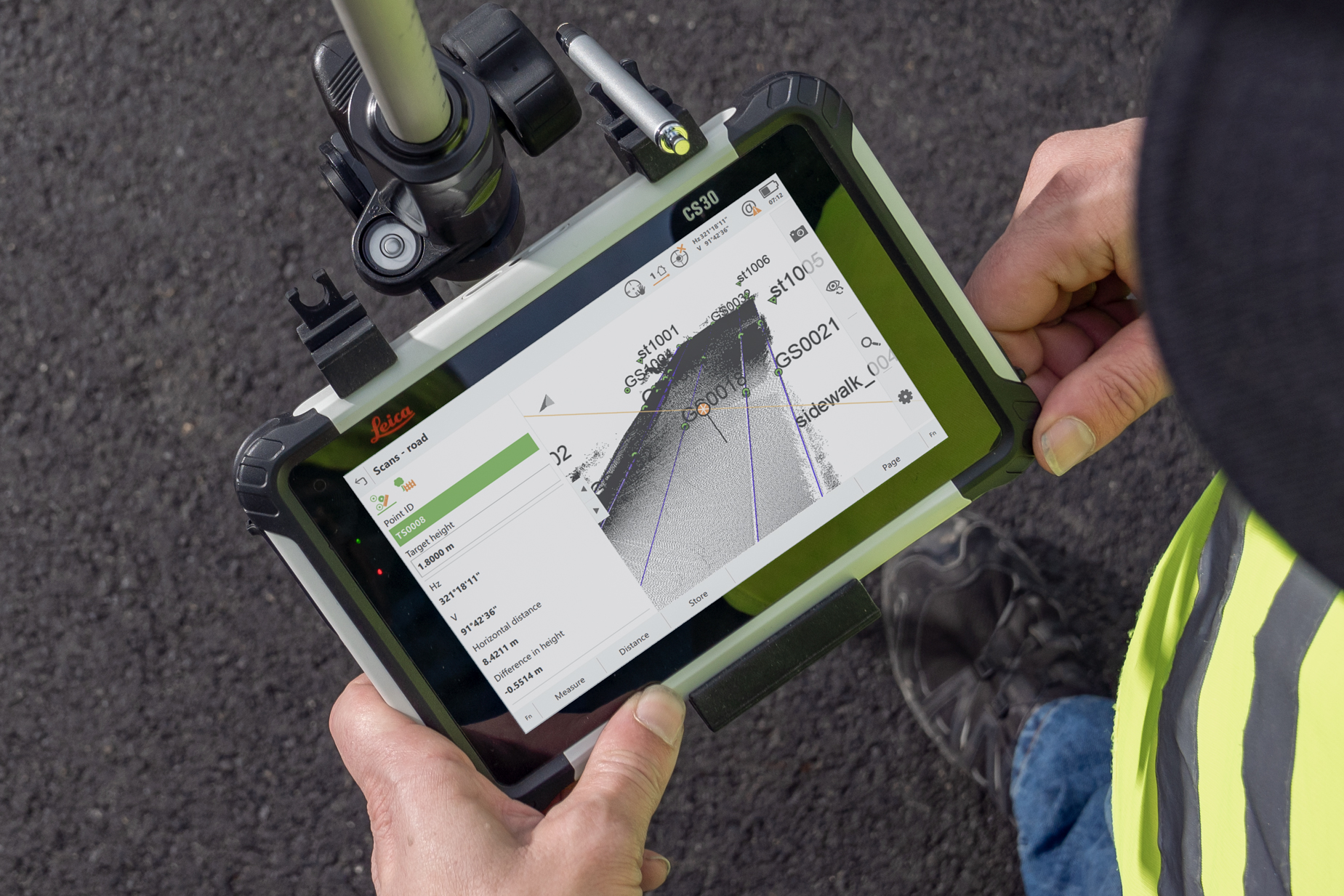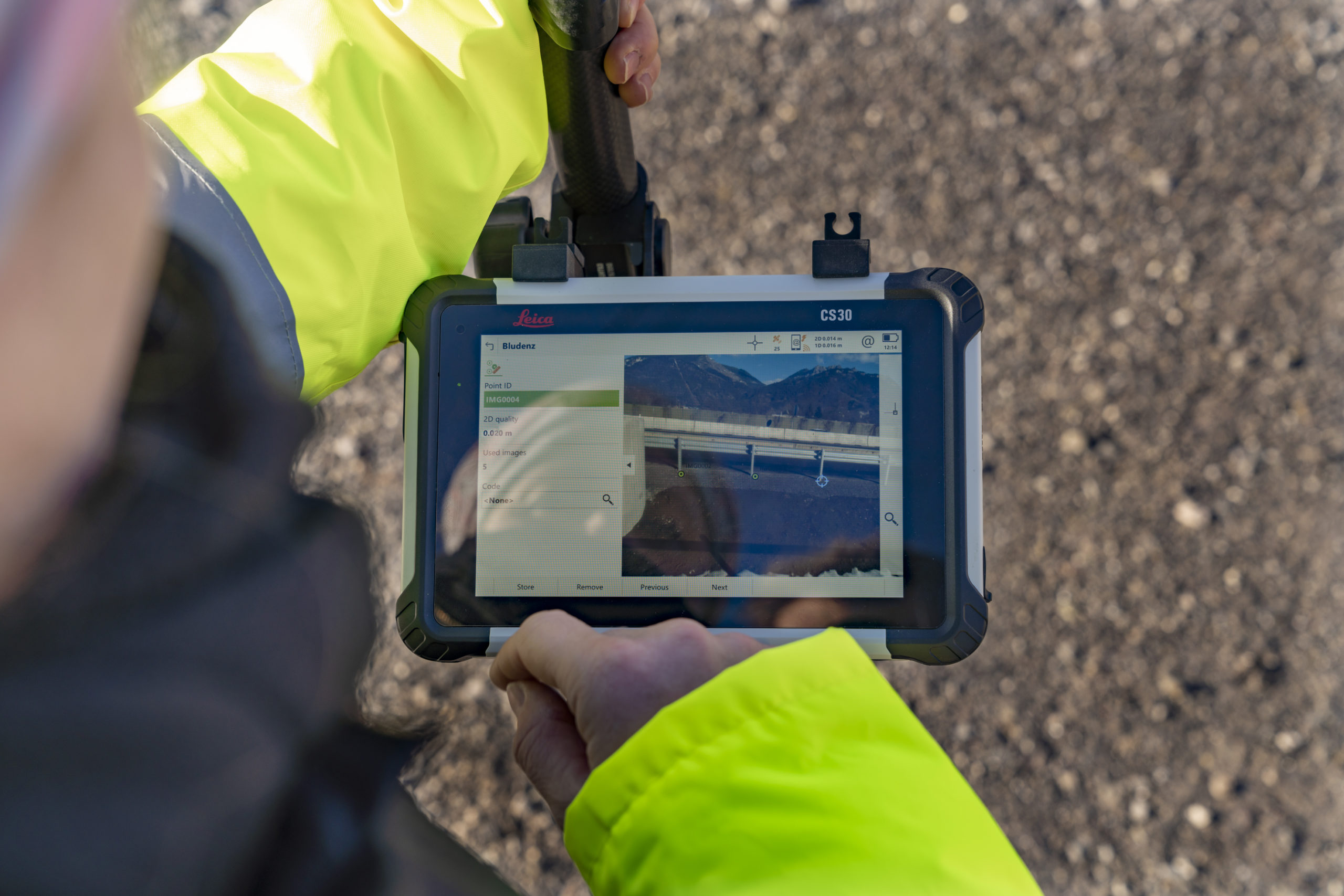If you’re looking new ways to optimize your surveying efficiency, have you considered your survey controllers? Regardless of which survey equipment you use, your controllers are at the heart of your work. They can either slow you down or give you a boost in efficiency and confidence. But with so many options available, how can you be sure to make the best use of this technology? Here are five essential elements to consider when evaluating your options.
 “You don’t have to compromise; some of the newest tablets provide a good balance between price and efficiency as well as size and power.”
“You don’t have to compromise; some of the newest tablets provide a good balance between price and efficiency as well as size and power.”
– Bob Kilburn
1. Durability
Is the controller rugged enough to stand up to all weather conditions? Can you confidently use it in dirty or dusty environments? If it’s a tablet, will it break if you drop it? What happens if you drop it in the water? A quick check of the operating temperature range and IP rating can give you a good indication of durability. Keep in mind that while a traditional surveying controller with buttons might give you the widest operating temperature range, the newest tablets come pretty close. Look for a rugged design and extremely high IP rating for proven ability to be fully dustproof and waterproof, even when immersed in several feet of water.
2. Flexibility
Can you quickly and easily access all the apps you use for your day to day work, including legacy apps? Is the operating system powerful enough to allow you to open multiple apps at the same time? If it’s a traditional controller with buttons, is the screen large enough to easily see your data? For the highest performance and maximum flexibility, it’s hard to beat a Windows-based controller. But look for other capabilities as well. For example, touch screen technology that allows you to view and process data in the field can give you a significant productivity advantage.

3. Connectivity
Few situations are more frustrating than encountering poor signal strength and slow internet connections while you’re trying to transfer data. Look for a solution that provides a seamless link between the field and office along with fast internet speeds and reliable, consistent connectivity. Fast data transfers and effortless access to shared servers and browser-based data viewers should be standard.

4. Size
Is the screen large enough to enable you to easily work with drawings? What about 3D visualizations? Can you see what the instrument sees to ensure your data is right? Can you easily work with your data on the display in the field? Do you need a large screen for graphics and the most powerful processing capabilities, or would a mid-sized screen and mid-range performance be a better fit for your requirements? Is the controller portable enough to carry all day and use in all tasks? You don’t have to compromise; some of the newest tablets provide a good balance between price and efficiency as well as size and power.

5. Efficiency
What is the battery life? If you tend to work long days in the field, the standard eight-hour battery life might not be enough; stopping to charge the batteries isn’t a practical solution. A controller with hot-swappable batteries will enable you to keep working seamlessly until you get the job done.
—–
More than just the means to manage your instrument and data, your survey controller is a high-tech piece of survey gear in its own right. Recent technology innovations give you more visibility into your data and easier access to your apps without compromising portability, durability or performance. Whether you’re upgrading your entire fleet of survey equipment or looking for other ways to improve your efficiency in the field, be sure to look at the latest survey controllers. Their ability to influence the speed and quality of your work might surprise you.
About the Author

Bob Kilburn has a surveying background that encompasses many roles both in the field and office. He began his career as a Marine field artillery forward observer, then spent some time as a rod man and crew chief before moving into technology support and training for surveying equipment and software. Bob served as the Leica Geosystems survey sales and support representative in Wisconsin for five years and is now product and applications manager for the U.S. and Canada. In this capacity, he is focused on listening to your ideas, needs, and challenges to help find solutions that make your job easier and more productive.
To talk to one of our experts and learn more about how to optimize your surveying potential with technology, please contact us.











